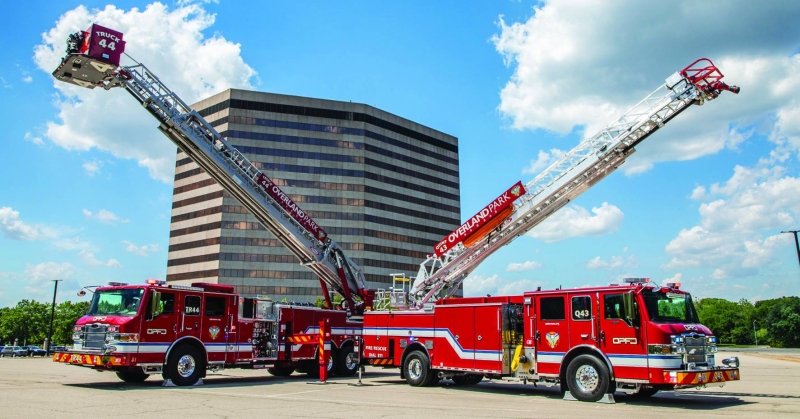GCC needs P1billion to facelift the City


The Gaborone City Council requires P1 billion for the development of infrastructure and the acquisition of equipment. This investment aims not only to enhance the city's facilities to match global standards but also to bestow upon it the prestigious designation of the Diamond City status.
Presently, the Gaborone City Council is grappling with a budget shortfall exceeding P875 million, and it has already utilised 55 percent of its recurrent budget allocation. The Council anticipates that even when the requested funds are secured, the escalating costs of materials and inflation could push the total required amount beyond a billion. Records indicate that the Gaborone City Council relies on various funding sources for infrastructure maintenance, including the Community Constituency Projects (CCP) controlled by Members of Parliament, Road Funds Levy decided at the ministerial level, and the recurrent budget, which has seen a decline over the years, impacting the Council's ability to meet clients needs.
During a recent full council meeting, City Mayor, Austin Abram delivered a comprehensive status report on roads, buildings, illumination, and equipment, including fire response preparedness. The report highlights the need for two fire engines, two aerial ladders, and a helicopter, with an estimated cost of P875,742,500, beyond the current annual budgets. The report further delves into the challenges faced by the Council in maintaining the city's road infrastructure.
It notes a decline in the maintenance budget over the past five years, leading to poorly maintained roads, storm water issues, and inadequate street illumination. The rapid urbanisation of Gaborone has exacerbated the strain on resources, with increased traffic and infrastructure demands. The Council's Civil & Mechanical Department (Roads) is tasked with road maintenance, including pothole patching, edge repair for bituminous roads, and storm water drainage system desilting. However, the report points out that budget constraints, aging equipment, and staffing issues hinder effective maintenance efforts.
Regarding street lights, the Council operates and maintains approximately 25,000 installations, with various fittings and wattages. Most of the infrastructure has surpassed its lifespan, especially in residential areas, leading to the need for replacement. Challenges include frequent pole damage from motor vehicles, cable theft, vandalism, and delays in supplier deliveries. The report also highlights issues with cable damage during development projects, vandalism, and faults in the Botswana Power Corporation (BPC) network affecting service restoration. The absence of a network surveillance system adds to the challenges, forcing the Council to rely on physical inspections and resident reports.
Regular breakdowns of plant equipment, overgrown trees obstructing visibility, and delays in honouring purchase orders by contracted suppliers contribute to the Council's struggle to maintain an efficient and safe infrastructure in Gaborone. To tackle the aforementioned challenges, the Council has implemented various interventions. One such measure involves adopting a phased approach to refurbishing the street lights infrastructure, driven by budgetary limitations. Additionally, the Council has instituted a cost recovery plan and typically submits claims through Marsh insurance, extending this approach to instances of cable theft. Addressing delays in service restoration by the Botswana Power Corporation, the Council, in collaboration with other parastatals like BPC, WUC, and BOFINET, has established a forum to confront the issue. The Council now possesses a list of designated officers to contact for expedited turnaround times. Regarding the prolonged supply of materials, the GCC contends that adherence to best contract management practices can resolve the matter. Similarly, in the case of the outdated network surveillance system, the Council suggests a solution by either hiring or renting additional equipment to complement the existing Council resources.
